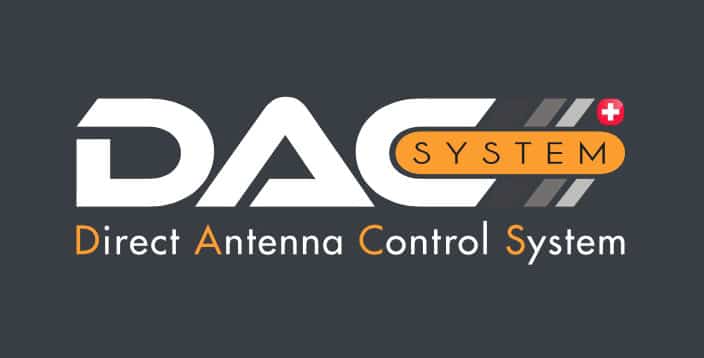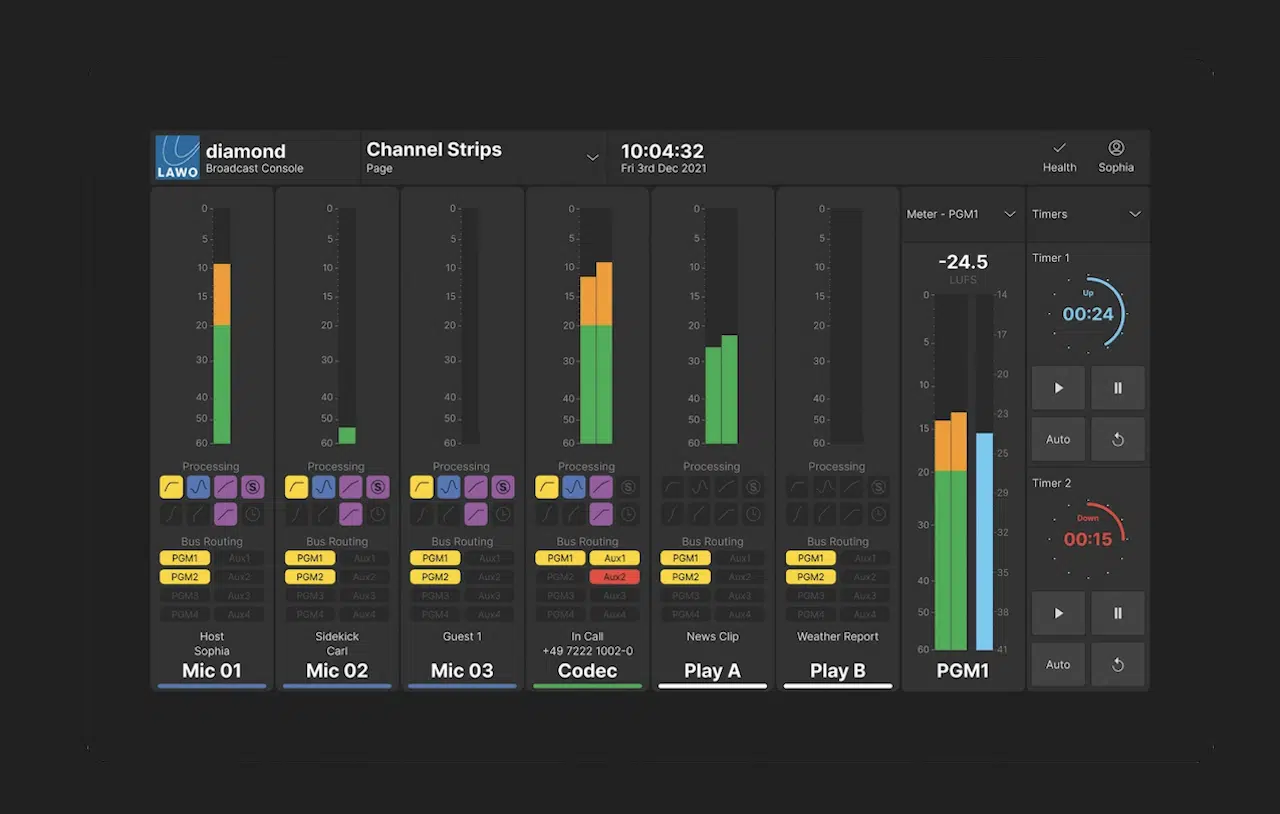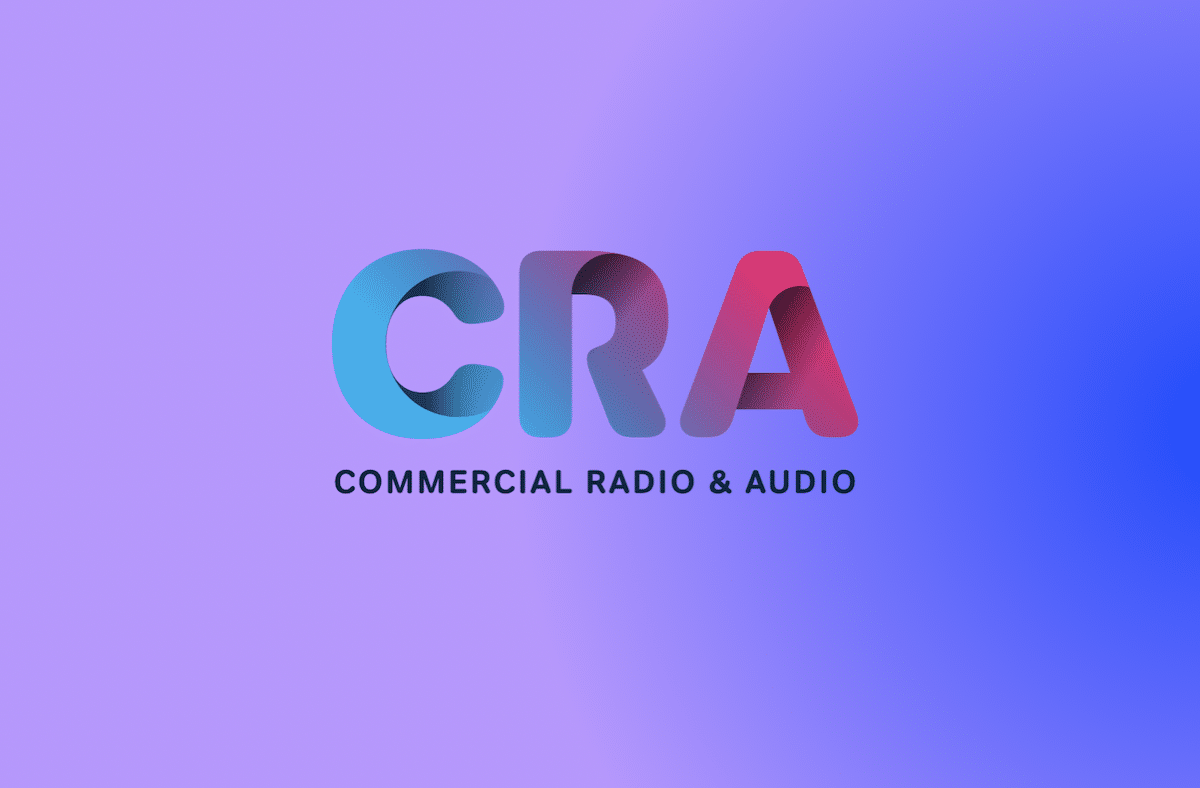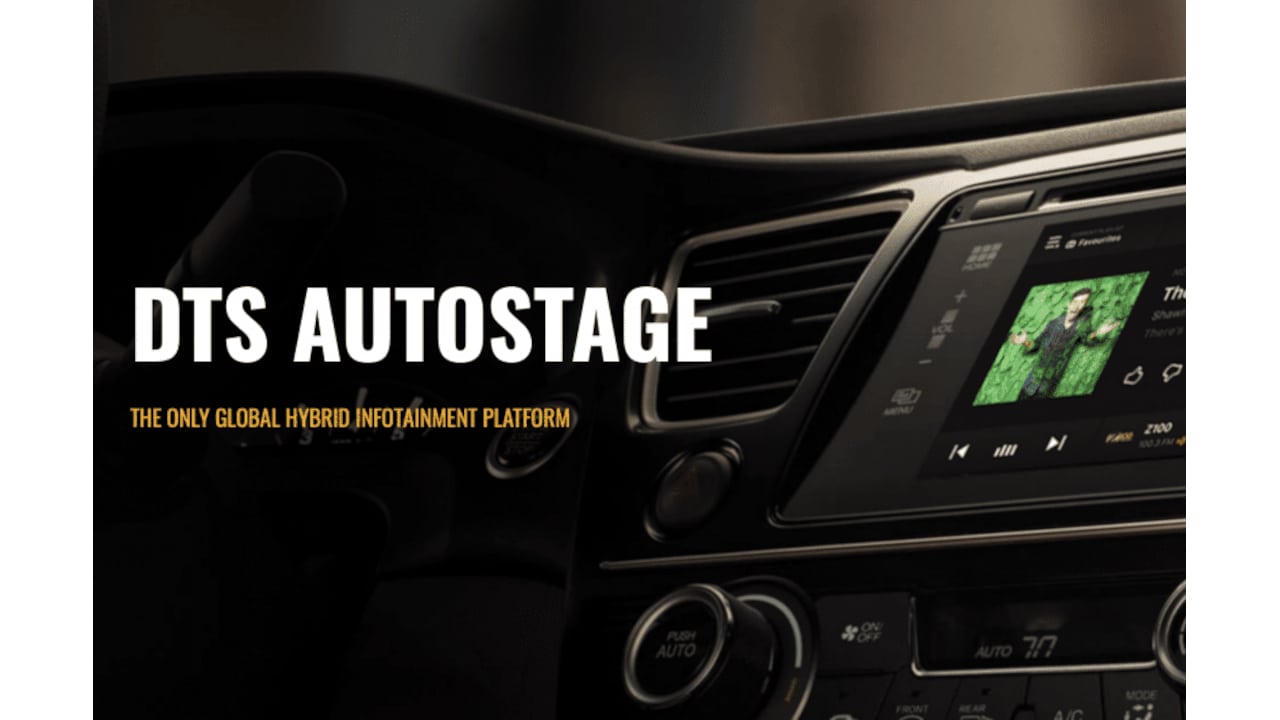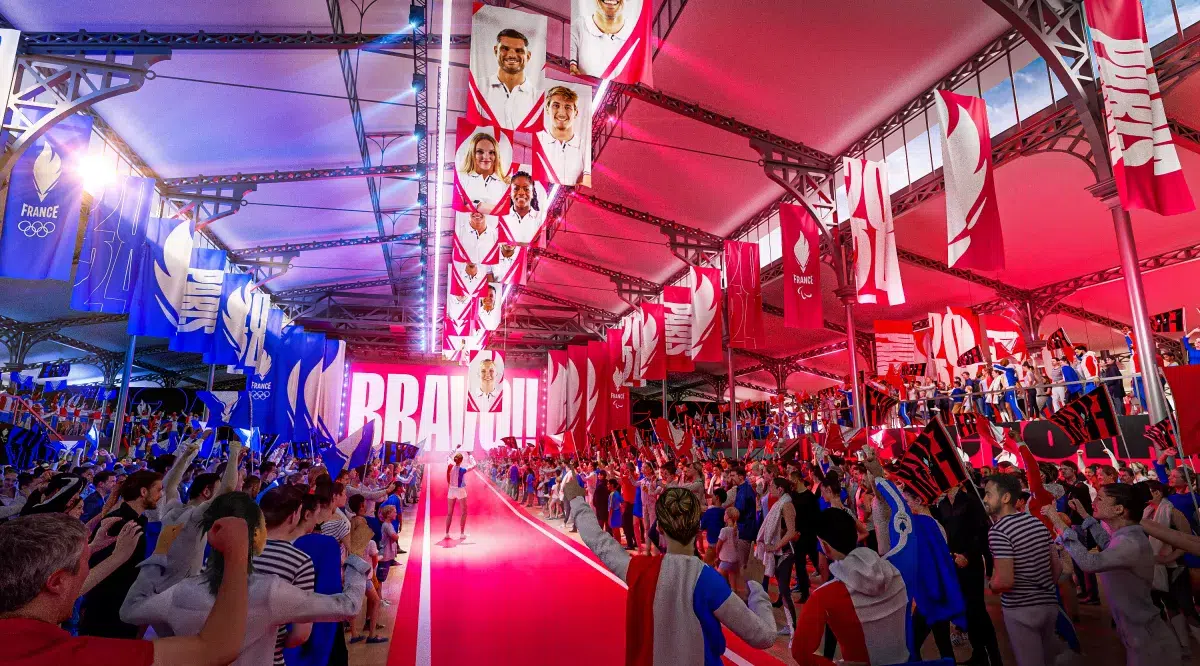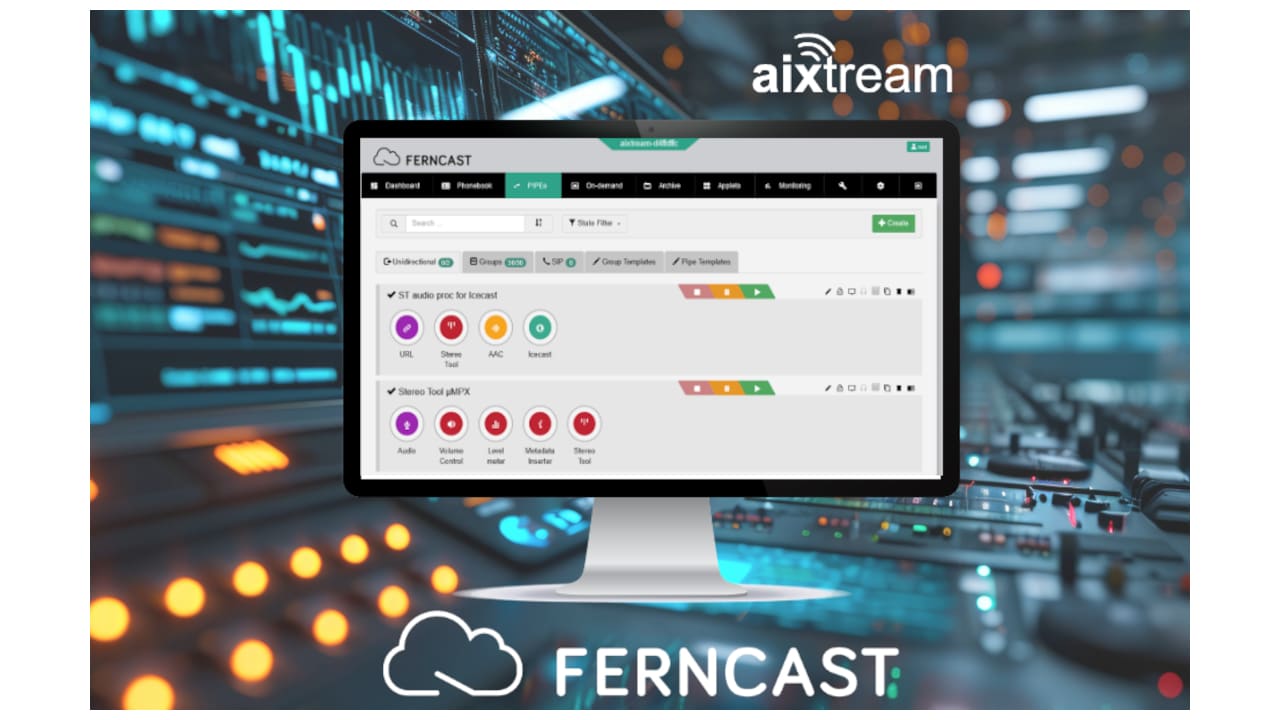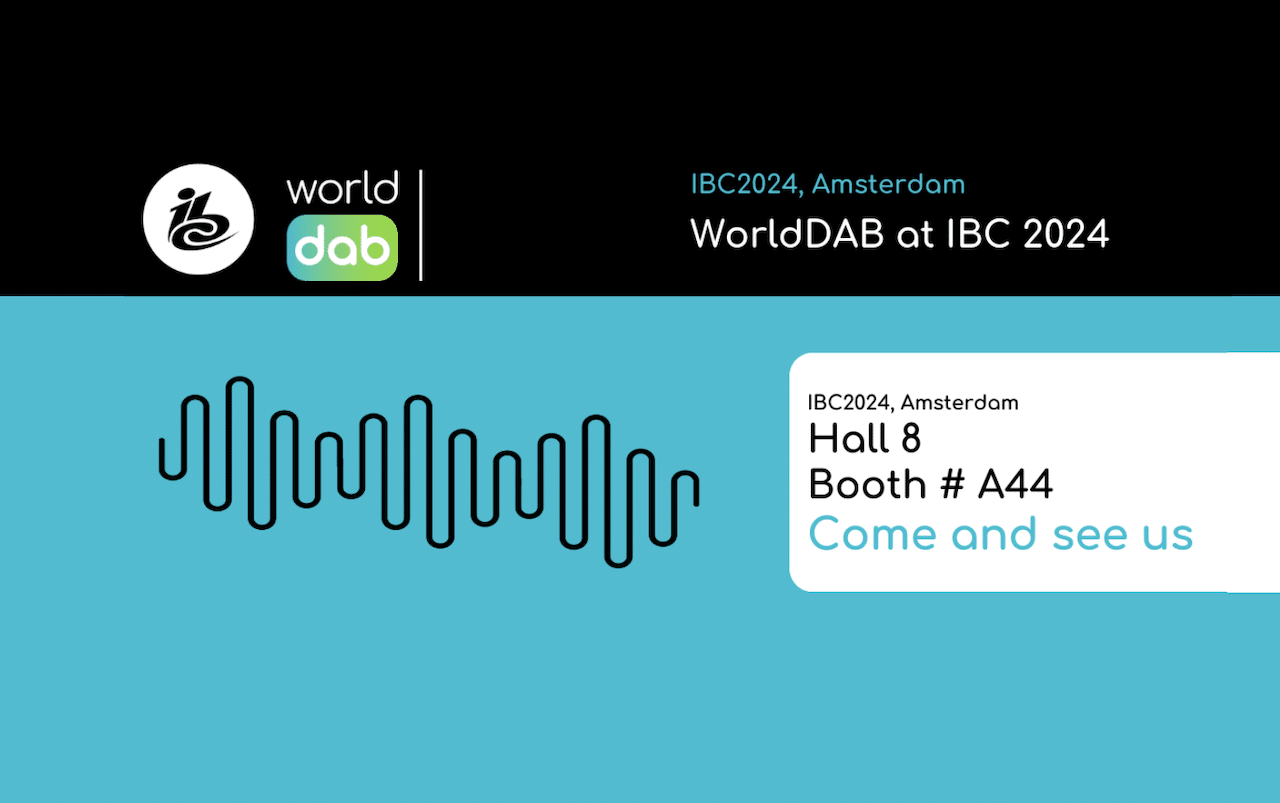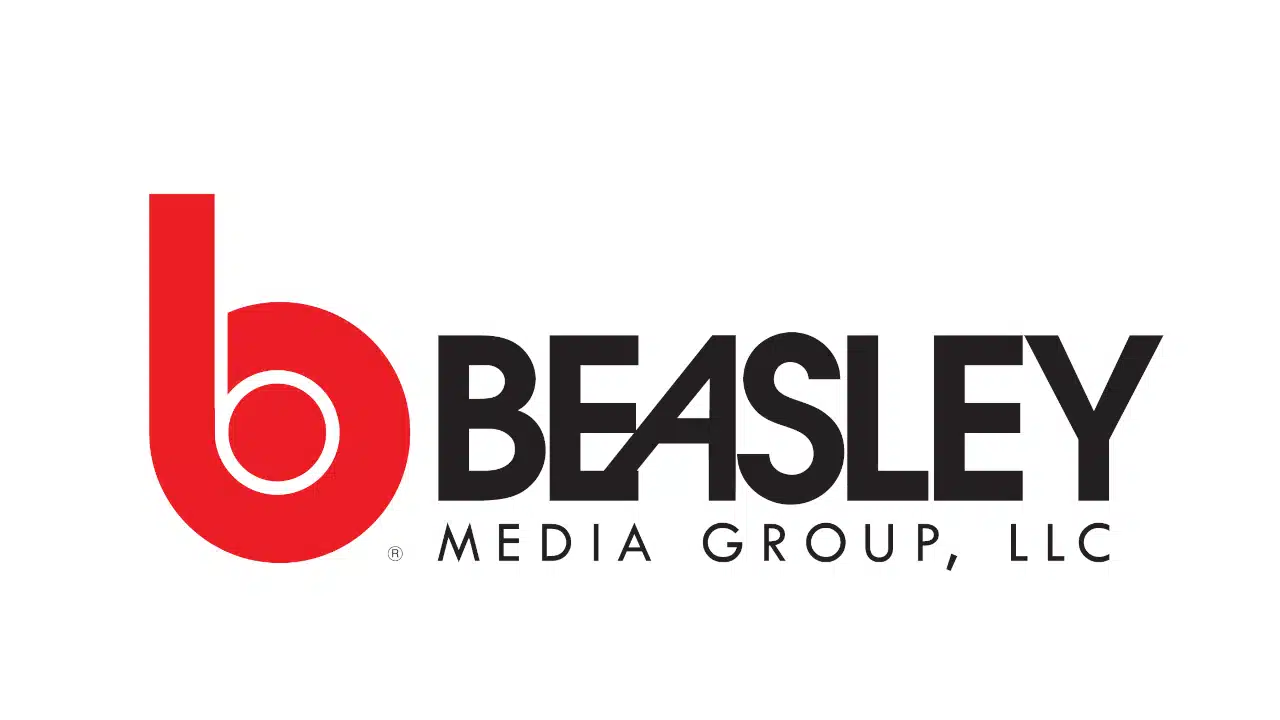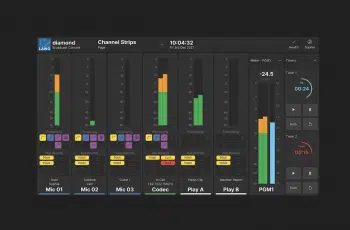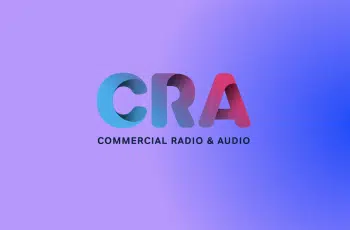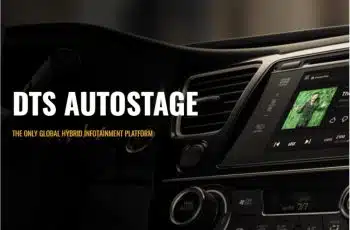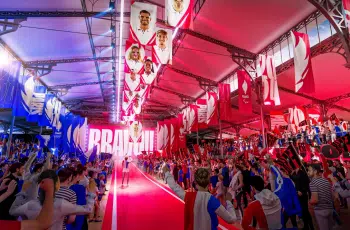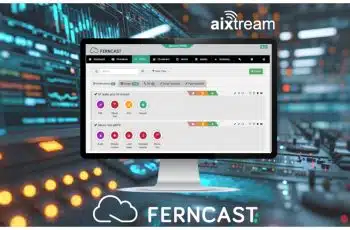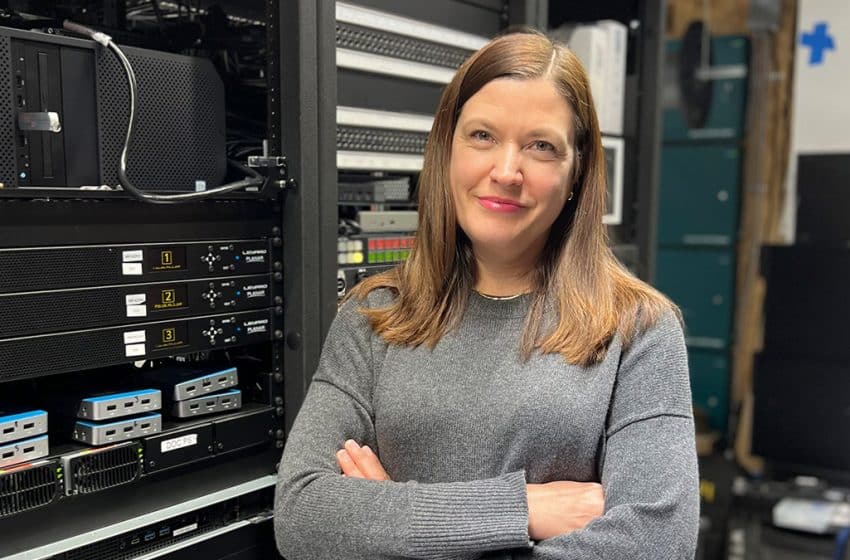
Sarah Foss started in broadcast engineering 30 years ago, beginning at a public television station right after university. She got a taste of working with new technologies and quickly determined it was a perfect place for her. She’s since moved through multiple media technology positions and transitioned from video to audio in her newest position as CTO of U.S.-based Audacy. She details how the company is strategically implementing technology to optimize distribution channels and personalize content, which includes commitments to AM/FM and leveraging 5G and the cloud.
RedTech: How is the role of a modern CTO working in a radio broadcasting network today different from your predecessors working in the 1990s?
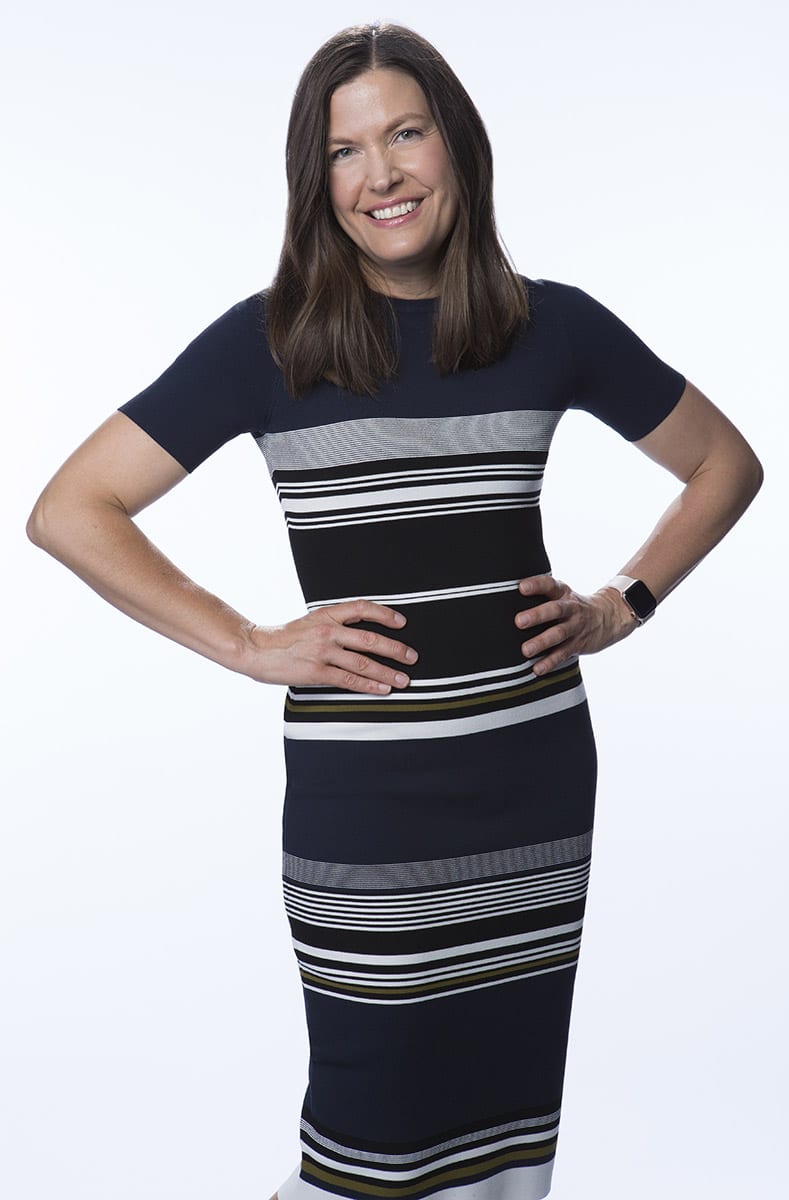
Sarah Foss: The biggest change is that broadcasting is no longer a single distribution platform or “architecture.” When I started in the 1990s, we all went to the station and knew where our four content streams were at all times. We controlled content, editing, rights and transmission in a very standardized, seamless way. Now, our technical team members manage content in the cloud; we have multiple distribution platforms to reach our listeners; we create live, searchable podcast and video content; and we offer outstanding targeting capabilities for our advertisers and listeners through the use of data.
We are a complex technical enterprise that owns its direct-to-consumer content platform, a streaming/ad monetization platform, and we integrate with a number of partners, data providers and other broadcasters to ensure easy access to audio content. Thus, we are now in the business of broadcasting, podcasting, personalization, sports betting and ensuring that our listener hears what they want, where they want, and on whichever device they have handy. That is a massive change from the days of radio!
RedTech: As Audacy’s first CTO, you’re at the cusp of a changing business. What are some of your biggest challenges?
Foss: One of the biggest challenges is determining how best to communicate tech issues, priorities and metrics into the business. It’s a big shift from managing third-party vendors to developing requirements, hiring engineers/data scientists/analysts/network specialists, and then working with the business to prioritize, launch and maintain software. It’s a shift in thinking and how we approach business problems now: Should we buy or build? The option is now on the table to think of IP-creation and proprietary solutions, and managing that thoughtfully based on our strategic growth objectives is a new muscle for us as a business to flex.
RedTech: When you look at radio and audio businesses operating today, what do you think they should be doing differently to be successful?
Foss: Radio/audio has undergone a seismic shift over the past five years, considering how consumers engage, advertisers buy and producers deliver. What we are excited about at Audacy, is applying those learnings and creating a truly interactive, local and live experience for our listeners. With technology, we can combine personalization, customization and localization to have our radio content feel like podcasts (e.g., searchable, sharable and “rewindable”) and our non-live content feel like radio (e.g., go-live anytime content). Listeners want to have complete control of their content, hear their favorite personalities and local news and dig into their sports teams. Technology affords us the ability to bring that to market across disparate audio content types, platforms and devices.
With technology, we can combine personalization, customization and localization to have our radio content feel like podcasts and our non-live content feel like radio.
RedTech: Tell us about the Audacy Digital Audience Network (ADAN).
Foss: ADAN is an audience network for buyers that provides an addressable aggregate of more than 60 million listeners across more than 230 of Audacy’s broadcast brands and thousands of critically acclaimed podcasts from Audacy’s Cadence13, Pineapple Street Studios, American Public Media and more.
As a high-performing audience solution, ADAN can target specific audiences at scale and deliver high-performing digital audio media strategies for Audacy’s advertising partners. ADAN is fully integrated into our proprietary tech stack, so any ADAN plans are optimized in real-time, yielding actionable brand insights and detailed campaign reporting. In other words, we are leveraging technology solutions to connect our advertisers to our listeners in unique ways.
RedTech: How do you expect Audacy’s business to be different three years from now on the back of the initiatives you are working on today?
Foss: When we talk about connecting to listeners, we talk about audio content everywhere. Cars? Yup! Smart speakers in the home? Check! Mobile phones on the dog walk? Got it! Browsing at the office? Can do!
While radio was an “always on” medium, now we are a “ubiquitous” medium. Our business is changing to think about all the different distribution channels and technologies consumers need to access audio, always. We have started a “Station of the Future” effort to ensure that our technology investments are optimizing distribution channels and personalization for our listeners, including commitments to AM/FM, but leveraging 5G and cloud-based partners for content distribution.
RedTech: Costs are increasingly an issue for businesses around the world. How is technology helping to reduce operating costs for radio businesses?
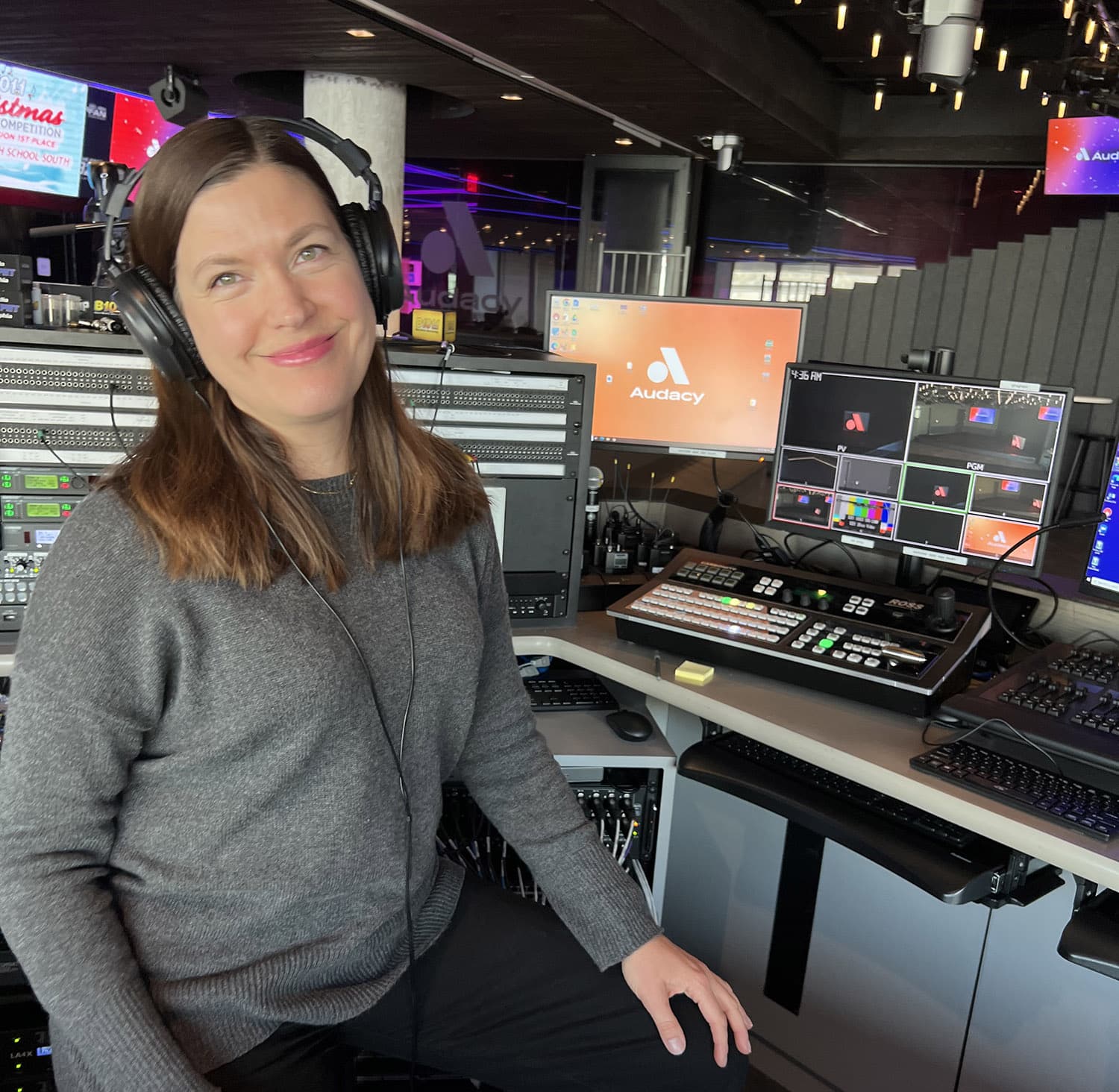
Foss: Like most media companies, Audacy is leveraging several new technologies to better manage costs for storage, processing and distribution as we increase the amount of content we have available for listeners.
We have leveraged automation capabilities to simplify content creation, first-party data and AI to ensure personalization and relevant recommendations, and new software mechanisms for monitoring and risk mitigation. All of these capabilities enable us to expand business services and content access without increasing costs for our markets and business units.
The other major shift in costs is from studios to remote locations — by remote, I mean our talents’ kitchens, basements and home studios. Like so many other media companies, since the pandemic, we have reduced facility footprints by allowing talent and producers to work from home while maintaining content quality.
RedTech: Can you see a time when AM and FM distribution of audio becomes obsolete?
Foss: No — as we know, the most reliable way to reach listeners in times of crisis is still an AM/FM radio. We have stations across the U.S. that deliver critical information about public safety, weather and emergency alerts that have saved lives. Our commitment to the American people is that we will always have news available on the most robust and field-proven technologies available. We may continue to move and create new entertainment programming for our digital distribution and platforms, but we know that as a first responder for critical information, AM/FM is tried and true.
All of these [technological] capabilities enable us to expand business services and content access without increasing costs for our markets and business units.
RedTech: Radio’s longest listening hours and its largest revenue slice comes from its dominant position on the car dashboard. How do you expect that to change in the future?
Foss: While many still consider the car the dominant place where listeners consume radio/audio, we at Audacy beg to differ. In Audacy’s recent market study, “The State of Audio: The Disruptors,” we learned that drive time has morphed into “me time,” meaning that listeners have found ubiquitous access attractive. In essence, audio is the U.S.’ number-one reach medium, no matter how or where you are listening, as consumers could find their favorite audio program on their phone, desktop, smart speaker, connected TV and many more ways. Audio is reaching consumers outside of the car — and that is not going to change.
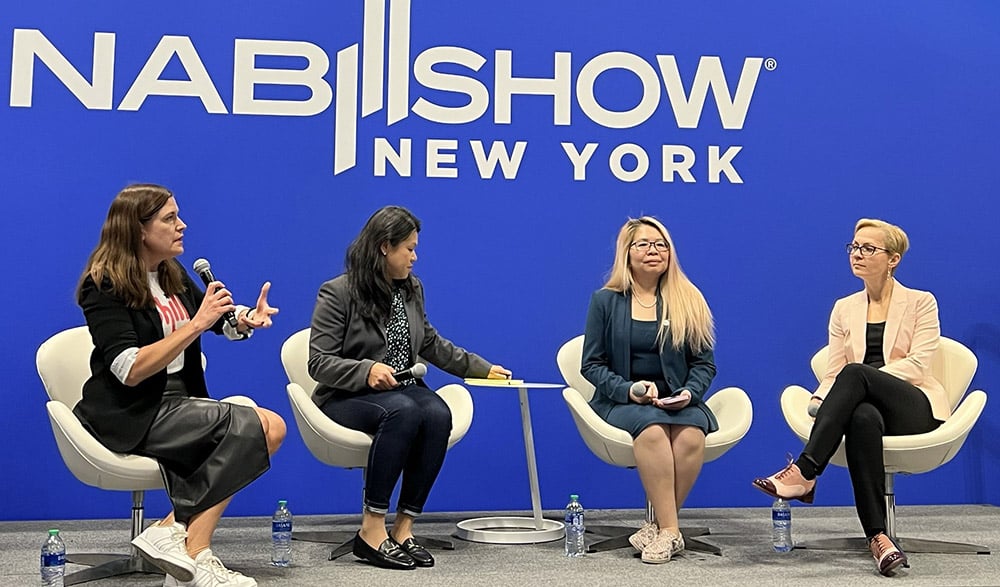
As commute times have decreased, listening has increased so that total audio reach is now larger than that of television by 3%. And individual listening increased by more than one hour, to 16 hours and 14 minutes a week, which indicates consumers are plugging in and listening more than commute times.
And for advertisers, we have proven that one channel just isn’t enough. Radio listeners actually listen to the ads in the audio stream — 61% — and 64% of podcast listeners actually approve and appreciate the support advertisers provide their creators. This is all about listening everywhere and not just in the car. So how is radio listening going to change? We at Audacy know it already has.
RedTech: Software is at the heart of new technologies supporting the evolution of radio and audio businesses. Is there an area that you believe software engineers should be spending more of their time, money and focus on, to support radio and audio businesses?
Foss: The major shift in radio/audio is the concept of listener control. Many digital-native services have perfected recommendations for listeners: “If you listen to X artist, you will love Y artist!” But video has taught us that consumers want to stop, start, rewind, share and chat with TV talent and content. Software engineers, especially at Audacy, need to have a deep understanding of user experience and design to best serve our “control-oriented” consumers. Every piece of code must connect to a consumer behavior. Many engineers know how to code, problem solve and innovate, but all of our solutions must be through the lens of consumer control, which is clearly design and UI/UX.
Sarah Foss is featured in the Jan/Feb 2023 issue of RedTech magazine. Read the full issue magazine here.


